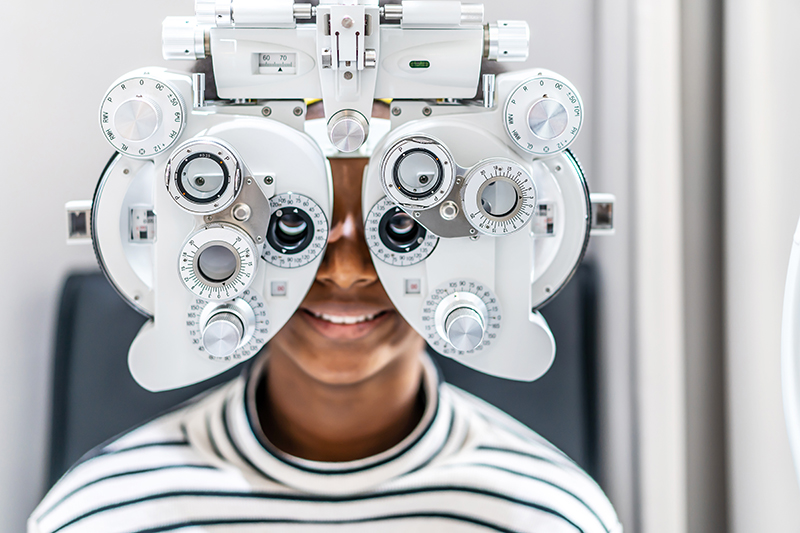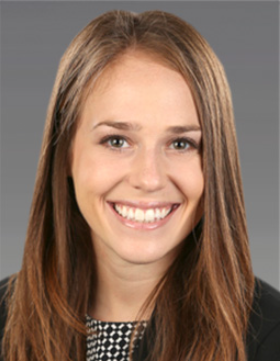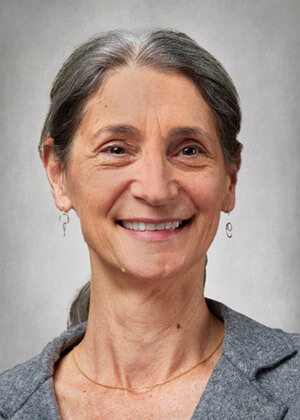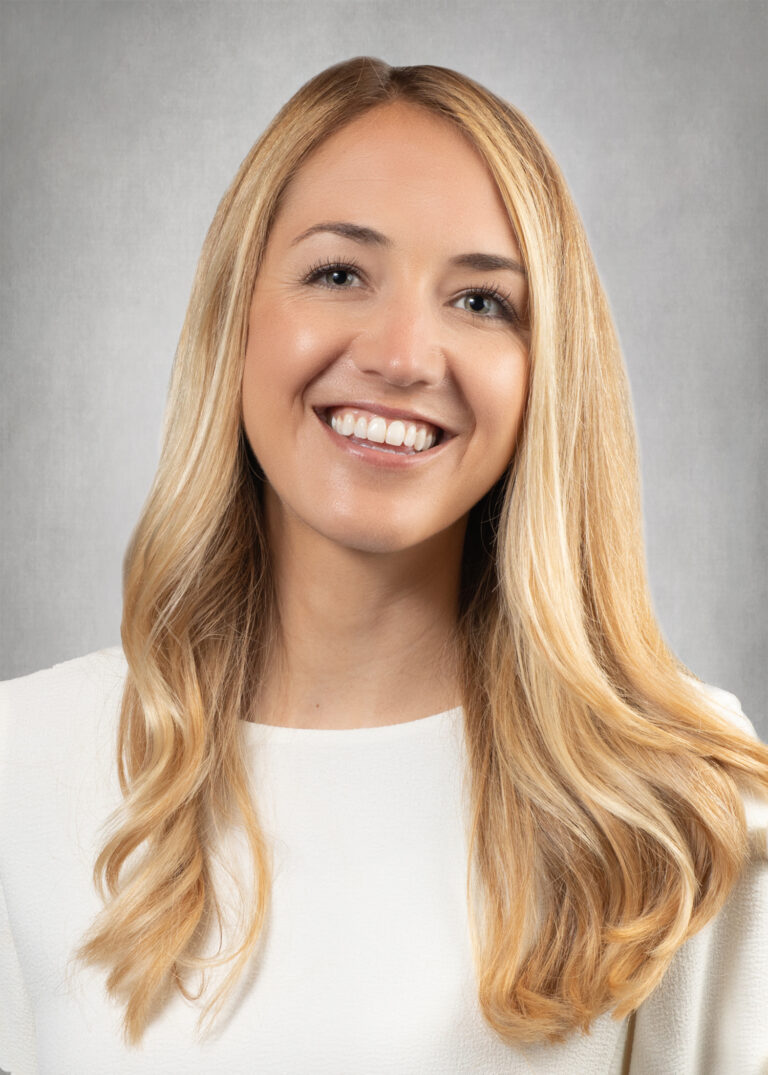Comprehensive
Eye Exams
If you have no known eye problems, The American Academy of Ophthalmology recommends that you have a baseline eye examination at age 40.
A baseline screening can help identify signs of eye disease at an early stage when many treatments may have the greatest impact on preserving vision.
Many eye diseases are inherited so if you have family history of eye disease, or if you have a medical condition that puts you at greater risk for eye disease such as diabetes or high blood pressure, you should not wait to have a comprehensive eye exam.
Once you’ve had an exam, your OCB eye doctor will recommend how often you should return for eye examinations.
It is recommended for patients 65 or older to have yearly eye exams. This is especially important for early detection of certain age-related eye diseases such as cataracts, glaucoma and macular degeneration.

What Can I Expect in a Comprehensive Eye Exam?
A comprehensive eye exam is relatively simple and comfortable. You can expect your eye doctor to check the following:








